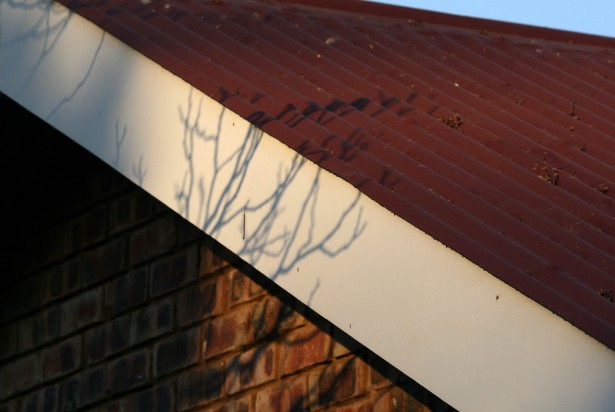Looking at most homes, you’ll instantly see boarding situated precisely beneath the roof. To bridge the space between the rafters and frequently even support the bottom row of tiles, the fascia board fastens to the lower ends of the roof trusses. Fascia offers property with a neat, organized, and fashionable finish.
Fascia serves various functions in preventing moisture from entering the roof area or reaching the house’s interior. A fascia board must be regularly maintained, strong, and in good condition because guttering commonly connects to it. The weight of several gallons of water in the guttering may need to be supported by fascia boards during periods of heavy rainfall. Plank-shaped fascia boards feature a lip at the bottom that promotes the soffit. Continue reading to discover more about the many fascia board substitutes offered.
What are wood fascia boards?
A specific kind of trim called fascia is positioned directly below the roof line. It aids in hiding the soffit and gives the home’s roof, and eaves a more polished look. Although the width of these boards may vary, they are often a broader or thicker variation of the trim used on the rest of the house. It is usually painted the same color or given the same finish as the other trim to give the room a more cohesive design or aesthetic.
Why is roof fascia essential, and what does it do?
The fascia is a length of wood that spans the roof’s border horizontally. A fascia is often either 28 or 26 in size. This board joins the roof truss and gutters. If there is no visible wood in this area, your fascia boards are covered with a vinyl or aluminum cap that matches your gutter setup.
Homes without any fascia boards are uncommon. Building rules often prohibit the absence of a fascia board, which fixes to safeguard your property. The fascia serves additional essential functions and is a safe mounting point for gutters, according to roofers.
Without the fascia, your attic would be accessible through a hole in the roof. The fascia, therefore, protects your attic from the elements and pests. Additionally, it has a nice appearance, particularly when capped to match the gutters.
Which wood should I use for a wood fascia board?
When selecting a material for your fascia board, the most crucial considerations are your particular environment, roof, and spending limit. Therefore, it is essential to consult a professional roofer who is knowledgeable about your demands for advice before making a decision.
Fitting your fascia
1. Prepare Your Roof
You must prepare the roof before beginning the fascia board installation. Disconnecting any existing fascia, soffits, or guttering is also necessary. Before moving on, look for any damage to the rafters.
2. Measure and fasten the material for your fascia
Ensure the wood doesn’t obstruct any windows or openings and isn’t too big. Now use stainless steel nails to attach the board to the rafters. Pins should be set evenly between each rafter to secure it.
3. Add Soffits
The soffit should be measured and trimmed to match the gap between the fascia and the wall. Ensure all spaces seal; otherwise, moisture may enter and cause harm.
Read More: How to clean your Home backyard
More factors to think about when choosing wood fascia boards
Fascia boards may be produced from various materials with various textures, like many siding and trim components. It will frequently match the trim and soffit used elsewhere in the house. For the property to look as unified as possible, the fascia board should be constructed of wood if the other components are.
The fascia boards on the house will also support a lot of weight, unlike the rest of the trim. As a result, it’s essential to choose a durable, long-lasting, low-maintenance, and weather-resistant material for the trim and fascia boards.
Is the replacement good enough?
Your fascia board may need more than just a simple replacement, depending on what caused the damage. Ask your roofers to locate and fix any underlying issues if they contributed to the damage to the fascia. For instance, clogged gutters may overflow and expose your fascia to dampness.
If your roofer doesn’t fix the gutters as well, the new fascia will deteriorate soon. Algae in sewers, roof fires, animal infestations, and other difficulties might also arise for you and your roofers. Of course, you could also need to engage in pest control if you have an animal infestation.
Are Fascia Boards Being Replaced by Roofers?
Homeowners shouldn’t change the fascia boards. Most households are unprepared for the safety issues this endeavor will inevitably bring up. New, incorrectly placed fascia boards can also block the normal flow of water from the roof by altering the gutter’s slope. You should engage skilled roofers to replace fascia boards, but you might be curious about how they intend to do it.
Do I need a soffit, and what is it?
Soffits, installed beneath your fascia boards, provide an extra layer of protection for your roof area. We offer a well-liked selection of vented soffit boards since they must permit sufficient circulation into your home to avoid moisture build-up. Soffits also help to fill up the space between fascia boards and the house, blocking access to your roof space for intruders like birds and enormous insects.
